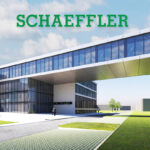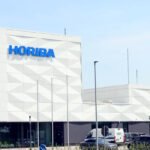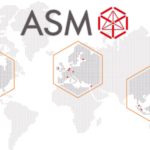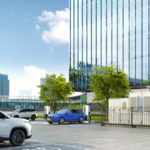ASIA ELECTRONICS INDUSTRYYOUR WINDOW TO SMART MANUFACTURING
Schaeffler's New Investment Boosts R&D, Lab Capacity
Schaeffler is expanding its global development activities for advanced mobility solutions. As part of this, the company has now opened a new state-of-the-art development center at its location in Kysuce, Slovakia.
Accordingly, the center develops products and components for electromobility as well as chassis systems for applications such as automated driving. The global automotive and industrial supplier is also expanding its existing testing facility in Kysuce by adding new laboratory and testing equipment and test stations.
Focus on electrified drive technologies
The new development center and the testing facility upgrade together represent an investment of about 20 million euros for Schaeffler.
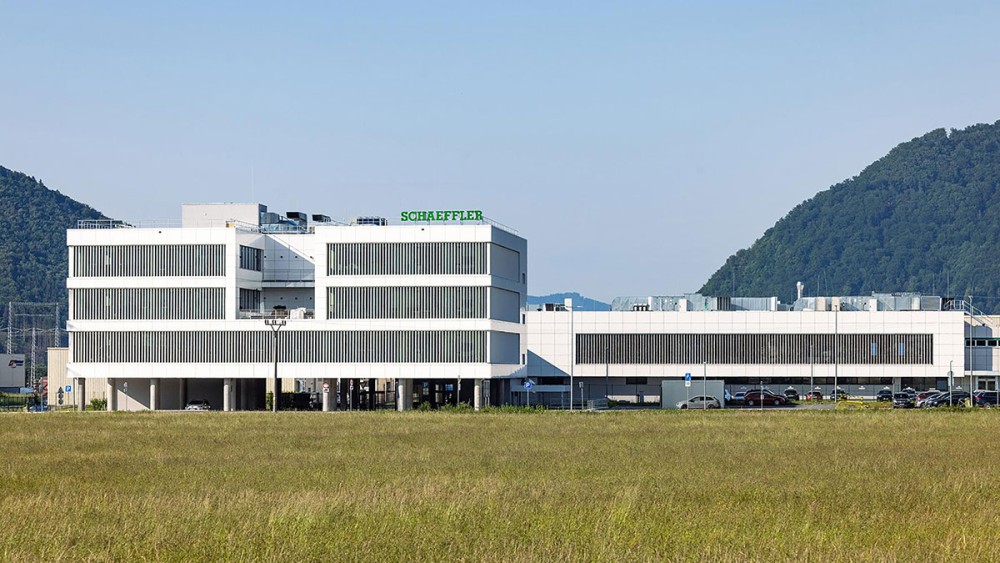
“The ability to innovate has never been more critical to our company’s success,” said Matthias Zink, CEO Automotive Technologies at Schaeffler AG. “As a future-oriented technology company, Schaeffler is therefore investing heavily in research and development – in Kysuce and worldwide.”
Schaeffler’s Kysuce location has a workforce of about 4,300 people from 20 nations, more than 350 of whom work in development. Furthermore, the company aims to have as many as 500 developers working there on future mobility by 2025. To achieve this, Schaeffler is creating a range of new positions at the location. Particularly, focusing on partially and fully electrified drive technologies such as hybrid modules and electric axles.
“The Kysuce region is ideal for Schaeffler. It means we benefit from world-class universities and research institutions with relevant technological expertise and have access to Slovakia’s best and brightest development specialists,” said Milan Jurky, the managing director in charge of Schaeffler’s campus in Kysuce.

Innovating for tomorrow’s mobility
The newly built facilities comprise a floor area of around 8,000 square meters: 4,000 in the four-level development center plus another 4,000 for testing stations and equipment. Construction work on the new development center building began at the end of 2021, and now, one and a half years later, the first employees are moving in. The entire building’s design and fitout come with ultra-modern office equipment, dedicated communication, and collaboration zones. In addition, it has “gravity points” where employees can network and share ideas. “We are responding to today’s increased need for flexible and digital collaboration,” explained Milan Jurky. “We’re giving our people workspaces that are fit for the future.”
The new center caters for a wide range of development activities for new products and customer-specific solutions. These activities include system and software development, simulation and testing, hardware design, and mechanical product design.
The development center’s specialists also undertake a comprehensive range of project management activities for international customers from the automotive industry.
Meanwhile, in the adjoining factory halls, Schaeffler assembles motor and transmission systems, an extensive array of bearings, actuator systems, components. Primarily, these cater to electric axles and hybrid drives, and chassis actuators such as electromechanical active roll control systems.
In all of this, the company is benefitting from tight integration of its development and manufacturing activities at the one location.
Kysuce: part of a strong global development network
The new development center in Kysuce is part of a powerful global network comprising around 8,000 employees at 20 research and development locations worldwide.
“At more than half of our development locations, we are working on future-ready electrified powertrain and mobility solutions and innovative chassis solutions for our customers worldwide,” said Dr. Jochen Schröder, Schaeffler’s head of E-Mobility. The development centers for modern powertrain and mobility solutions include Wooster and Troy (USA), Puebla (Mexico), Bühl and Herzogenaurach (both in Germany), Szombathely (Hungary), Svitavy (Czech Republic), Pune (India), Seoul (South Korea), Yokohama (Japan), as well as Taicang and Changsha (China).
Furthermore, Schröder said, “Our strategy revolves around having a global development network with distinct local specialties and responsibilities. This global structure also means that we are always close to our customers and can respond swiftly to local needs and requirements.”

